Ecuador – COP21 Profile
admin | December 7, 2015.
Ecuador is a biodiversity hotspot, with some 25,000 species of plants and 1,600 bird species – more than double the number found in Europe. It has the most biodiversity per square kilometre of any country, and its Galapagos Islands were declared a UNESCO World Heritage Site in 1978.
The South American country is highly dependent on oil exports, which make up 40% of the country’s export revenue. Despite this, the Ecuadorian government has committed to ambitious targets for expanding renewable energy, and has recently discussed the use of international financial support to ban drilling for oil in Yasuni National Park, despite the sizeable proven reserves there.
Under President Rafael Correa, the country has seen a number of anti-poverty and pro-environment developments. Climate change was integrated into Ecuador’s 2008 constitution, which was the first in the world to recognise legally enforceable “rights of nature”. The country’s 2013-2017 National Plan for Good Living also addresses climate change.
- Capital: Quito
- Population: 15.7 million
- COP classification: Non-Annex I
- Member of the G77, CELAC, and OPEC
- Country grouping(s) within the UNFCCC: G77+China
- Head of State and Government: President Rafael Correa
- Chief negotiator: Daniel Vicente Ortega Pacheco, Director of Environment and Climate Change Department
Emissions Profile
Ecuador’s greenhouse gas emissions, including land-use change and forestry (LUCF), increased by 27.15% from 1990 to 2012. In 2012, LUCF was by far the greatest source of greenhouse gas emissions at 83.19 million tonnes carbon dioxide equivalent (MtCO2e). Energy and agriculture were Ecuador’s next highest emitting sectors, at 36.01 MtCO2e and 13.68 MtCO2e respectively.
- Annual gross greenhouse gas emissions, incl. LUCF (2012): 138.16 MtCO2e [Country rank: 49th]
- Annual greenhouse gas emissions per capita, incl. LUCF (2012): 8.92 tCO2e [Country rank: 53rd]
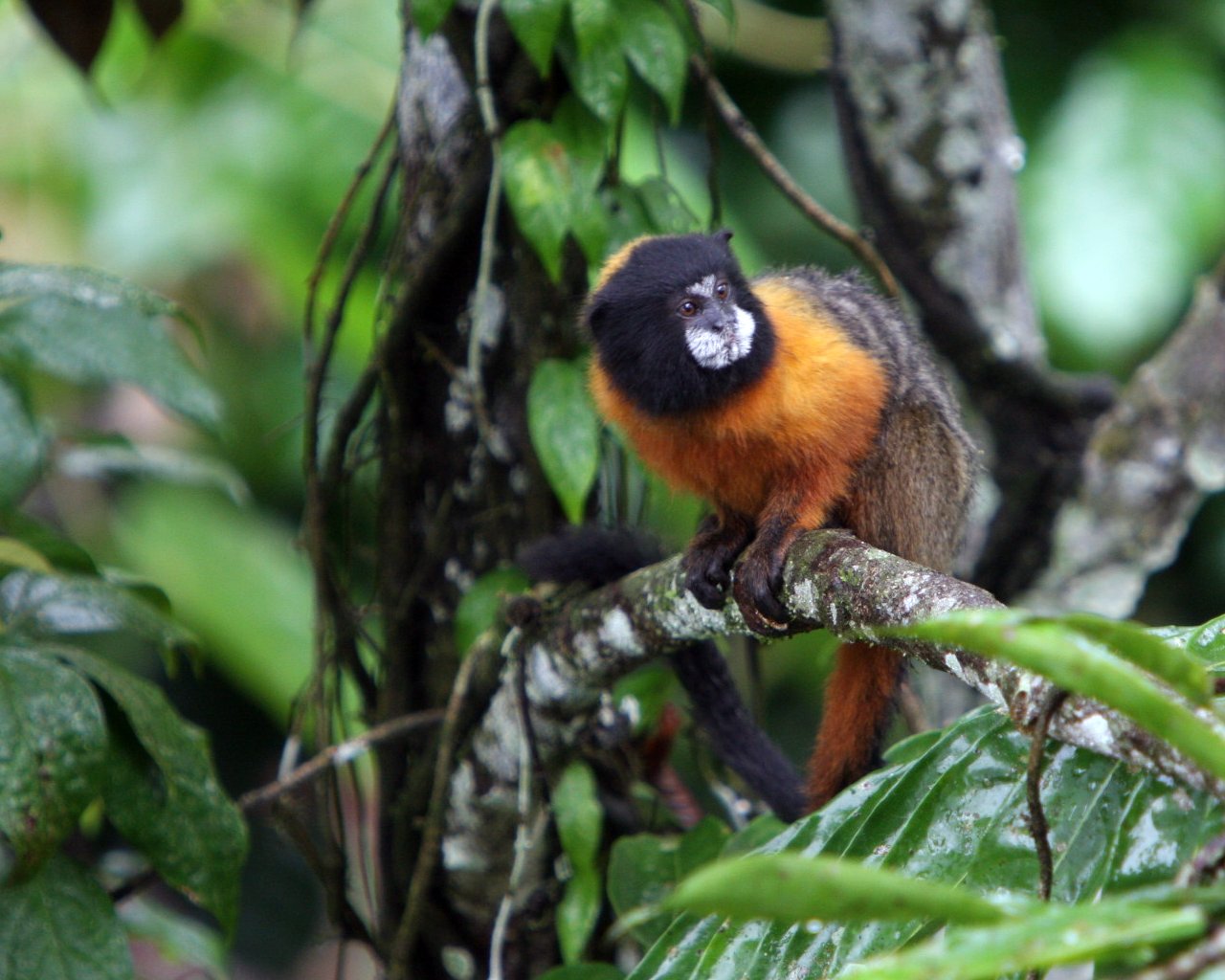
UNFCCC Profile
Ecuador opposes any attempt to dilute the principle of Common But Differentiated Responsibilities (CBDR). This acknowledges that all countries have a responsibility to combat climate change, but that different countries have different levels of responsibility and capacity to act. This principle is embedded in the original convention text.
President Rafael Correa recently stated that responsibility “must be differentiated because there are those who have much more responsibility for the damage they have done to the planet, and those countries should pay for that damage”.
Within the negotiations, Ecuador recently aligned with both Venezuela and Bolivia in re-affirming this principle, and asserted that CBDR must remain relevant in any new agreement.
Ecuador also supports the notion of a “universal declaration of nature’s rights”. Such a declaration, similar to the United Nations Universal Declaration of Human Rights, would assign a set of protections to the environment, such as the right to exist and the expectation of humans to enforce those rights. Ecuador included a chapter on Rights for Nature in its 2008 Constitution.
Pre-2020 commitments:
– Ecuador has ratified the Kyoto Protocol. However, as a Non-Annex I country, it is not required to reduce its greenhouse gas emissions under the Kyoto Protocol.
– Status of ratification of the second commitment period of the Kyoto Protocol (the Doha Amendment): Accepted (April 20, 2015).
– Ecuador chose not to engage with the Copenhagen Accord and declined to put forward any pre-2020 mitigation or adaptation actions in 2010.
INDC commitments:
– Unconditional reduction of greenhouse gas emissions from Ecuador’s energy sector by 20.4 to 25% by 2025, relative to 2011 levels.
– Conditional reduction of greenhouse gas emissions from Ecuador’s energy sector by 37.5% to 45.8%, depending on the availability of international finance.
– Restore 500,000 hectares of forest until 2017, with an additional 100,000 hectares restored each year from 2018 through 2025, assuming international support is provided.
Energy Profile
Since 2010, Ecuador has invested $4.2 billion in energy projects. Ecuador’s primary energy consumption for 2014 was 15.4 million tonnes oil equivalent (MToe). Energy consumption increased 27% from 2009 to 2013.
Fossil fuels supply the majority of Ecuador’s energy, particularly oil. Ecuador is the smallest oil producer in the Organisation of the Petroleum Exporting Countries (OPEC).
Hydropower is the most prominent form Ecuador’s renewable energy and contributes a sizable share to the overall energy mix. Other renewables do not yet play a large role, but their contribution is steadily growing.
Data source: BP 2014.
Created in conjunction with WWF.






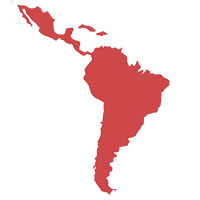

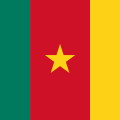
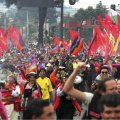
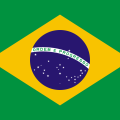



comment